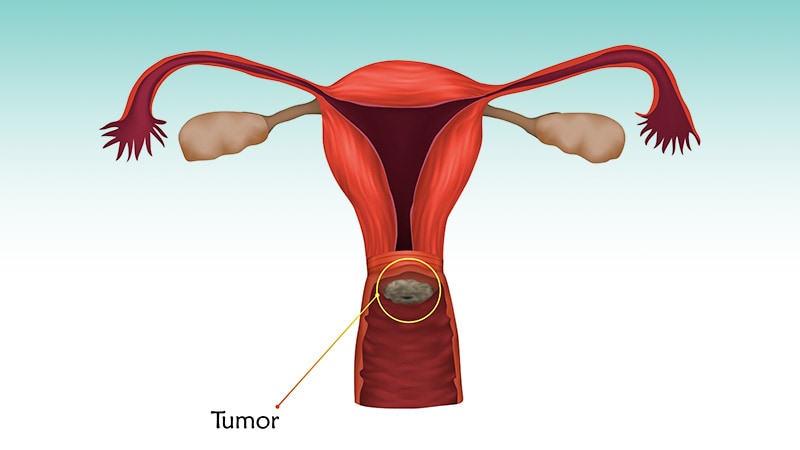TOPLINE:
A new study found that US counties with consistently low coverage for cervical cancer screening had substantially higher rates of overall incidence, mortality, and late-stage diagnoses of the cancer than did counties with consistently high coverage. Most of the counties with consistently low coverage were in Texas, Idaho, and New Mexico.
METHODOLOGY:
- Cervical cancer incidence and mortality are disproportionately higher in low-resourced US counties, yet the role of long-term county-level screening disparities has not been well characterized. Identifying counties with persistently low coverage may help target screening programs to reduce these disparities.
- Researchers analyzed women with cervical cancer aged 20 years or older using SEER-22 data from 1086 counties and mortality data from the National Center for Health Statistics.
- Counties were classified as repeat low coverage (< 70% screening) or repeat high coverage (≥ 80% screening) based on 2011-2016 and earlier periods.
- Researchers estimated age-adjusted 5-year incidence and mortality rates from 2016 to 2021 (excluding 2020 due to potential reporting biases because of COVID).
- Overall, 70 counties had repeatedly low screening coverage, 141 had repeatedly high coverage, and 875 were classified as other.
TAKEAWAY:
- Cervical cancer incidence was 83% higher in repeatedly low-coverage counties (rate ratio [RR], 1.83) and 28% higher in other counties (RR, 1.28) compared with repeatedly high-coverage counties.
- Incidence was consistently elevated across localized (RR, 1.75), regional (RR, 1.87), and distant (RR, 1.84) stages in the low-coverage counties. The outcomes were similar for other counties, with RRs of 1.22 for localized, 1.33 for regional, and 1.35 for distant stages.
- Compared with high-coverage counties, mortality rates were 96% higher in the low-coverage counties (RR, 1.96) and 42% higher in other counties (RR, 1.42).
- Most low-coverage counties were rural (87.1%) and lower income (< $75,000), with clusters in Texas (47.1%), Idaho (17.1%), and New Mexico (17.1%).
IN PRACTICE:
“Our study findings underscore the urgent need to improve cervical cancer screening in rural and lower-income counties,” the authors wrote, emphasizing that “counties where screening coverage is repeatedly low should be targeted.”
SOURCE:
The study, led by Trisha L. Amboree, PhD, MPH, Medical University of South Carolina, Charleston, South Carolina, was published online on August 13, 2025, in JAMA Network Open.
LIMITATIONS:
The cross-sectional design of the study precluded causal inference between screening rates and cancer outcomes. The analysis did not adjust for county-level sociodemographic factors, which may influence both screening rates and cervical cancer outcomes. Additionally, self-reported screening measures were subject to bias.
DISCLOSURES:
The research was supported through grants from the Hollings Cancer Center Scholars in Health Impact & Access Award, the National Cancer Institute through the Hollings Cancer Center Support Grant, and the MD Anderson Cancer Center Support Grant. One author reported receiving personal fees from Value Analytics Lab Consultation, outside the submitted work. No other disclosures were reported.
This article was created using several editorial tools, including AI, as part of the process. Human editors reviewed this content before publication.
Source link : https://www.medscape.com/viewarticle/higher-cervical-cancer-deaths-seen-where-screening-low-2025a1000lln?src=rss
Author :
Publish date : 2025-08-14 16:28:00
Copyright for syndicated content belongs to the linked Source.
